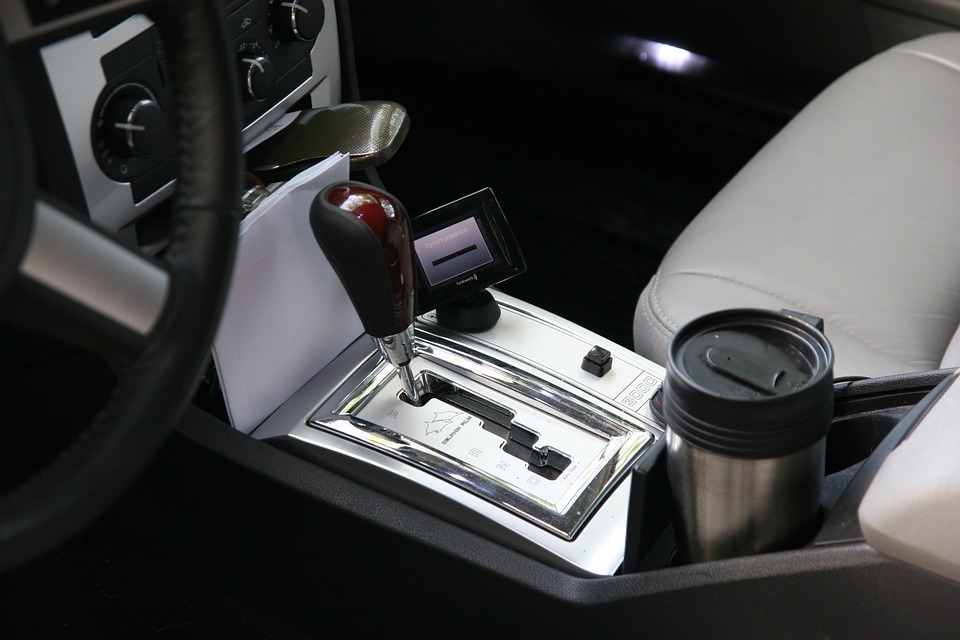Extending the life of your car (Part 5)

We begin our fifth part of the article by talking about wheel well splashguards. These are very important since they can keep water from infiltrating into the engine compartment, while during the cold season it keeps away the salty slush from getting inside where the engine is located. The bad news is that these guards tear off quite easily and you really can’t tell unless you look at them once in a while. This is why we recommend that you inspect them thoroughly from time to time and use compatible fasteners to secure them or replace them if necessary. You might consider installing mud flaps to boost protection.
If you are like most people, you probably don’t wash your car during the winter time but sometime it’s even more important to do it during the cold season since the mixture between ice, salt, slush and sand will increases the probability of rust. Keep in mind that corrosion appears faster when the temperature suddenly increases and then drops below freezing. During those times, it’s best to properly clean the car in those areas which are more prone to rust, like the inside of the wheel wells or the bumpers.
To keep your car looking as new, free a couple of hours from your busy schedule and do a proper waxing of the paint. Why? Because the car wax does a great job at preserving paint by forming a barrier against pollution, sap and most importantly, bird dropping. It also slows the oxidation process and gives the car a shiny and attractive look.
At numerous shops where you’ll find car-related products there are self-adhering urethane films which are ideal for protecting the most vulnerable areas of the vehicle. It’s best to take the car to a professional who will apply the film but we a bit of patience you’ll be able to complete the process by yourself.
It is highly recommended that you keep the tire valves on at all times since these are capable of keeping moisture and dirt outside so there’s a smaller risk of a leak. Whenever you are replacing an old tire, it’s best that you replace the caps too. Speaking of tires, avoid underinflating them since by doing so it will create excessive stress and heat which could eventually lead to a tire failure. To use the tires for the maximum amount of time possible, invest in a tire pressure gauge and use it at least once a time per month so that you’ll be able to keep the tires inflated to the manufacturer’s specifications.
Another piece of advice that we can give you is to check the tires for uneven wear and if you notice this you’ll need to do wheel realignment. This problem might also occur due to an internal tire damage, bent wheel, worn bushings or improperly operating brakes. To distribute wear evenly, it’s recommended that you rotate them so that you’ll obtain the maximum amount of road life possible. This should be done every 6,000 miles (9,700 km).





